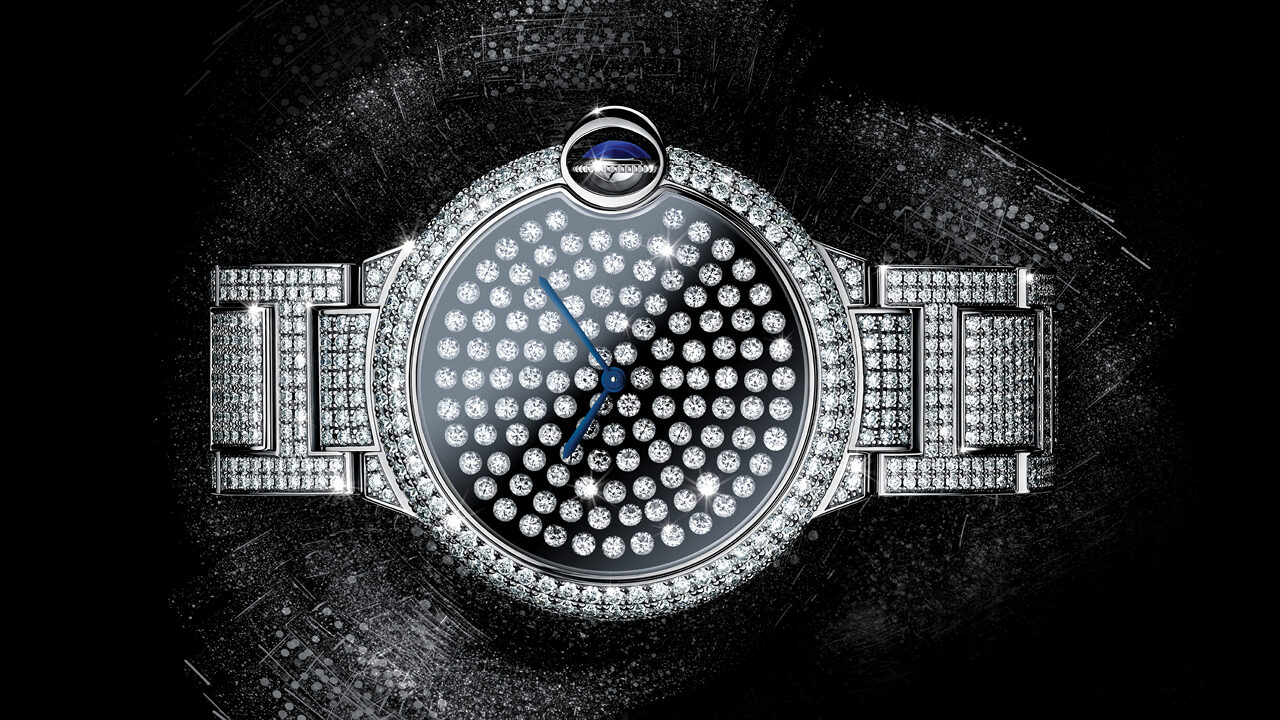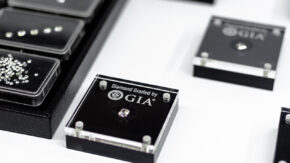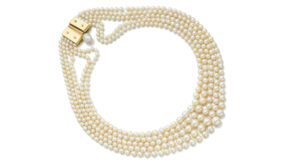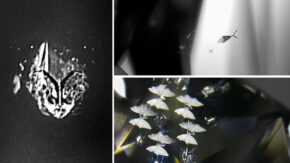Time to shine: Watchmakers are putting a twist on classic setting techniques to get the most out of their diamonds.
Setting diamonds and gems into luxury watches has always been a great value enhancer. These stones are sometimes the only reason a ladies’ watch has any resale value at all. It’s also a great look, but there’s a catch: The diamonds are usually sunk into the metal of the case and bezel, which inhibits light return; barely any light can enter the sides of the gems, and none at all enters the pavilion.
This can put a damper on the diamonds’ sparkle. In the past few years, however, the industry has found ways to shed light on watch-mounted stones, mostly using variations on the prong setting.
Prongs and claws
Chopard was one of the first to introduce the prong setting into watches, and it’s not surprising, given the maison’s mastery of the jeweler’s bench. The technique is most prominent in its L’Heure du Diamant collection, where it sets diamonds above the metal in prongs rather than burying them within the gold. These stones are also bigger than most diamonds that adorn watch bezels, which tend to be fairly narrow. Chopard calls this the crown setting — a modification involving shortened prongs and therefore less metal.
Piaget adopts a similar approach in a variation it calls serti descendu. Literally meaning “cut-down,” it’s a technique in which claws and grooves grip the stone. In Jaeger-LeCoultre’s Rendez-Vous Dazzling collection, meanwhile, diamonds and gems sit prong-style in a double row along the bezel.
Split gold and springs
Patek Philippe has a proprietary setting called flamme, a variation on grain setting that involves creating four posts that push up from the metal surface to hold the diamonds in place. The gem-setter lays rows of diamonds into the metal of the bezel as usual, but then takes a sharp burin and splits the gold between each diamond, exposing part of the lower facets and allowing light to pass through. Not only does the flamme technique release more brilliance, but the grooves that the burin creates form a lace-like engraving pattern around the diamonds that makes them glitter even more brightly.
Cartier puts yet another creative spin on elevating diamonds above the metal surface. Its vibrant technique involves mounting the diamonds on tiny springs so they not only rise up from the dial, but vibrate when the wearer moves. The principle is the same as that of en tremblant jewelry, which Cartier has been making since the 1920s. The result is not only more light return, but extra sparkle because of the motion.
All of these methods take jeweled watches to the next level in terms of both brilliance and value, elevating them to the realm of high collectibles.
RElated Reading
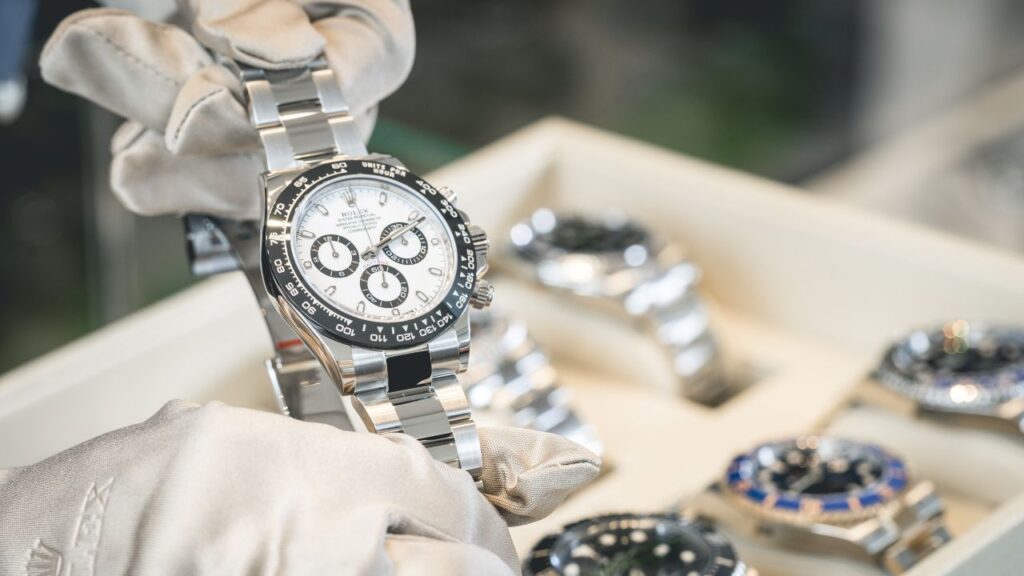
Image: The Cartier Ballon Bleu Serti Vibrant, with diamonds set on tiny springs that move with the wearer. (Cartier)
